Scratch a Labrador Retriever once and you have landed yourself with a permanent job. Labrador Retriever puppy is magic in form of a life-sized toy that loves cuddling every time he gets time from his busy schedule.
What is a Labrador Retriever? Where does a Labrador Retriever come from? The most famous Labrador Retriever, Mr. Peanutbutter, of the series BoJack Horseman, identifies himself as a resident of Labrador Peninsula, Canada. Haha, just kidding (do watch the series if you haven’t yet)!
We will tell you everything about Labrador Retrievers but before that let’s roll around a bit!
The Labrador Retriever dog is a very handsome dog with an athletic build. They love to eat and you will always find him sitting by your feet every time you plan to munch onto something. America’s most beloved breed, they have been a muse to every artist, from painters to filmmakers and widely recognized as a friendly breed.
A dog so strong and a sucker for love – Labrador? More of a “Labrathor”.
Did you know?
Labrador Retriever is America’s most loved breed and has secured the first position in AKC ranking for 24 consecutive years – this one ruled like Queen Elizabeth II, to be honest!
Wanna know Labrador Retriever breed a little better? Let’s fetch!
Table of Contents
Labrador Retriever Pictures
Quick Facts

Average Weight: 55 pounds to 80 pounds
Average Height: 21 inches to 24 inches at the shoulder
Dog Group: Sporting Breed
AKC Rank: 1st
At A Glance
Labrador Retriever size is medium. Their weight generally swings between 55lbs to 80lbs. The male dog is mostly between 65lbs to 80lbs in weight whereas Labrador Retriever female weighs between 55lbs to 70lbs. Labrador Retriever height is between 22inches to 24 inches for male dogs and between 21 inches to 23 inches for Labrador Retriever female at the shoulder.
Labrador Retriever lifespan ranges from 10 to 12 years.
A Labrador Retriever can live in an apartment if you give him enough space to play and exercise as this is a sporting dog breed. It would be an added benefit if you have a small backyard or extended terrace balcony. If not, then a ground floor flat would be ideal to avoid going up and down because the Labrador Retriever breed needs a good exercise at least twice a day.
Labrador Retriever is a very gentle and an excellent family dog. They are known to affectionate towards every member of the family including kids. They are very protective and can go to any extent to protect their family. Labrador Retriever does not have a favorite family member and will spend equal time with everyone. They have an uncontrollable exuberance which needs to be toned down with proper training.
Labrador Retrievers can be friendly with other dogs if trained properly to tone their excitement. They generally do well with other dogs of a similar kind like Golden Retriever. They can get a little defensive with cats if the cat has an attacking nature. Early socialization is necessary to maintain a friendly relation in such cases.
Labradors may bark a lot if their pent-up energy is not directed into something productive. However, with proper exercise and physical stimulation, you can control his barking habits. Sometimes your Labrador Retriever puppy may also bark if something unusual happens.
Labrador Retriever weather tolerance is moderately good for both cold and warm weather. They have a thick double-coat which is cold and water-resistant and keeps them warm in winters. Labradors love snow and cold weather but if the temperature drops less than 20˚F, it would be better to get your dog some warm clothes and cozy space. Although their coat is well suited for cold weather, it can become a problem when the temperature exceeds 90˚F. Labrador can handle the sudden changes in the temperature with water consumption, activity level, and adaptability. However, extreme hot or cold weather can cause discomfort.
Labrador Retriever training is easy because they are eager to please. Apart from having a conquering temperament they are very intelligent and would do anything at one command. However, that would need proper mental stimulation. Labrador Retriever thrives on activity and if given enough work to do, they will not only be happy but also learn quickly. This breed is very sensitive to which positive reinforcement and praise work wonders. Also, they love to eat, so what’s better than a delicious treat in exchange for command training.
Labrador Retriever has a lot of energy and potential. More energy means more exercise to vent that energy out. They particularly love swimming, chasing, playing, and walking with their owner. As this is a sporting breed they require a good amount of exercise daily. Generally, a one-hour working schedule is ideal which should include running, jogging, and playing fetch or flying disc. But they are dependent on dogs and need human company all the time.
Labrador Retriever has a wash-and-wear coat and that does not require a lot of grooming. Once a week brushing is enough for your dog but you can opt a daily 5-minute brushing routine to avoid Labrador Retriever shedding. They not only enjoy being brushed every day but it also helps stimulate natural oil in their skin and keep their coat shiny and healthy. Labs don’t need to be bathed frequently. Though they love water, regular bath can dry up his skin. Bath only when he gets dirty.
Labrador Retriever is not a hypoallergenic breed. Although they have a short coat, they still shed a lot. But there’s a catch – studies have shown that the Labrador Retriever breed carries fewer allergens as compared to other dog breeds. You can still adopt this breed if you are allergic to dog fur. You just need to have a little patience to brush him regularly to control an excessive shedding Labrador Retriever.
Labrador Retriever cost ranges from 800 to 1200 USD.
Though Labrador Retriever is purebred, we suggest you visit your nearest animal shelter to see if this breed is up for adoption. #AdoptDontShop
About the Labrador Retriever
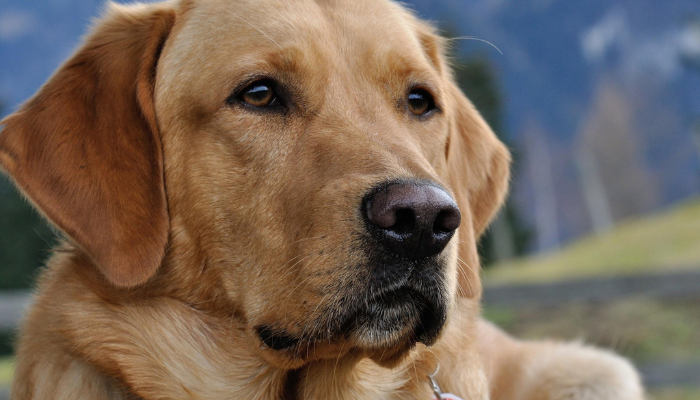
Labrador Retriever is an affectionate and friendly dog with an athletic build. This is a sporting breed and is always full of energy. You grab a ball and he’ll be up and about. They are very intelligent and always eager to please which makes training very easy. American’s favorite, Labrador Retriever ranks first on AKC listing and is one of the most famous dogs.
Labs have a sturdy body at the shoulder and look extremely innocent in the eyes. They have a tough head and do not grow more than 24 inches in height. Labrador Retriever size is medium. Their weight generally swings between 55lbs to 80lbs. The male dog is mostly between 65lbs to 80lbs in weight whereas Labrador Retriever female weighs between 55lbs to 70lbs. Labrador Retriever height is between 22inches to 24 inches for male dogs and between 21 inches to 23 inches for Labrador Retriever female at the shoulder.
This breed loves to eat and can become obese very easily if overfed. You have to limit the food you give your puppy Labrador Retriever even if he stares at you with his absolutely adorable human-like eyes. He just needs to make a puppy face and boom, the treat vanishes; they are very clever that way. Give him a wholesome meal otherwise, you will find him sniffing garbage and eating leftovers. Labrador Retriever also tends to chew anything and everything. This nature demands a lot of chew toys for your dog to control his urge to chew.
Extremely energetic dogs, they demand a lot of physical stimulation. Plenty of exercises will not only keep your Lab fit but will also sober his destructive and sometimes aggressive nature. They need a good exercise of one hour daily which must include a lot of playtimes, chasing and fetching.
Labrador Retriever training is easy because they are always ready to please. This is a dependent dog breed and always requires a human companion. You cannot expect a lab to even fetch alone. Their winning nature can make them a well-trained canine if used tactfully. Positive reinforcement and praise techniques work very well with Labs. Since they are intelligent, you don’t really have to put in a lot of effort to train a Labrador Retriever. Just be there for him and give treats every time he listens to your command. Love and food, that’s all they need!
Labs are ideal family dogs and get along with every family member especially children. Therapeutic, this breed is perfect for a person suffering from anxiety, trauma, or depression. But this does not mean that they may not face such mental health issues. Labrador Retriever loves to be around people and leaving him alone may cause separation anxiety in him.
The only major drawback is that they are terrible watchdogs and would instead start playing with strangers. But Labrador Retriever is known to be an agile and alert search and rescue dog. They have not only served in asylums and hospitals to assist people with disability and addiction but are also majorly used in airports and by forces as security dogs. Labrador Retriever breed has also shown great competitiveness in a canine sport like agility and obedience competitions.
Labrador Retriever lifespan ranges from 10 to 12 years. You have got a perfect companion and a friend for all your upcoming parties for the next decade.
History
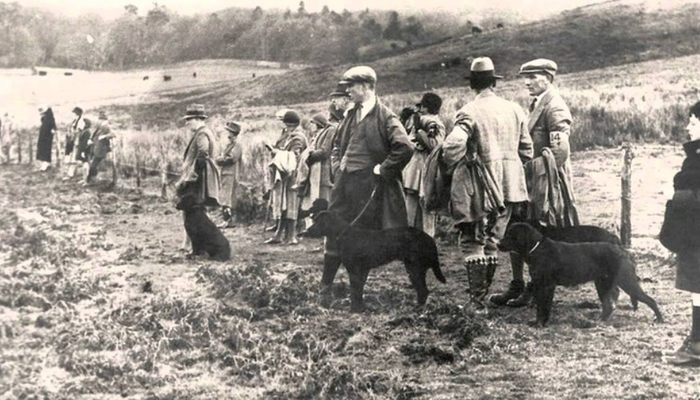
Labrador Retriever origin dates back to the 1800s on the Atlantic coast of Canada’s Newfoundland. They were the official employees of fishermen, kept to retriever fishes that escaped the hook. In the afternoon, they were full-time retrievers but by the evening they became a full-time family dog and gave company to fishermen.
Although their bloodline is a mystery, it is said that Labrador Dogs were interbred with the Newfoundland dog and some other local water dogs to get what we know as the Labrador Retriever breed today.
When English noblemen visited Canada, they bought some sample Labrador Dogs to work as a retriever for hunters. Their water-resistant coat and sporting aesthetics made them not only America but also Canada and England’s favorite.
The government rules of owning not more than one dog and high tax on female dogs were becoming a curse. People started to selectively slaughter female dogs in Newfoundland. Interestingly, these Newfoundland dogs which became America’s most beloved were slowly becoming an extinct breed in the late 80s; it was the Malmesbury and other English families that gave all to save this breed. The third Earl of Malmesbury was the first one to refer to these dogs as Labrador Dogs.
The breed survived and their fame took flight after WWII and ever since you can see these sturdy cute dogs in every field from assisting people with disabilities to working in search and rescue teams.
Kennel Club recognized Labrador Retriever as a distinct breed in 1903 following which American Kennel Club registered Labrador Retriever in 1991.
Labrador Retrievers were originally called St. John’s Dog after the capital city of Newfoundland.
Facts Theatre
Parenting and Guide
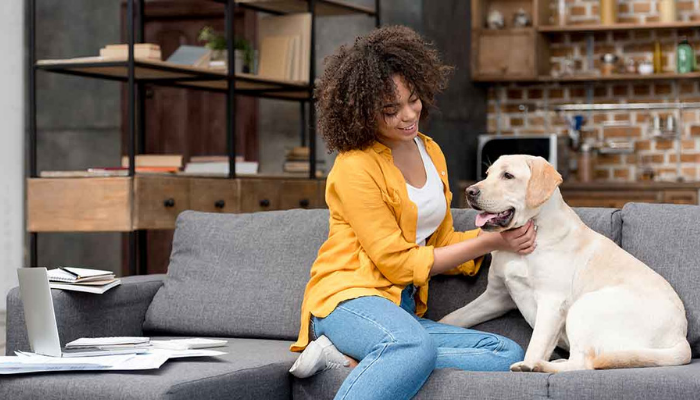
Take your dog for a walk every day. Labrador Retrievers have a lot of energy and they love spending time walking with their parents. They were retriever dogs and were always on a go with fishermen. This instinct has stayed and made them a perfect companion dog. Also, walking and exercise is a great way to bond with our Labrador Retriever puppy. It does not only makes them happy but also directs their pent-up energy into a positive thing.
Labrador Retriever may become uncomfortable when the weather is less than 20˚F or more than 90˚F. Make sure you take him outdoors only when the weather is perfect for them and avoid mid-day walks.
Labrador Retriever loves mind games. Since they were bred to hunt fish that escaped the hook, they are smart and always look for mental stimulation. You can create a host of challenging games to keep them busy and sharpen their skills. Labrador Retriever is food motivated and they love to play too. Games like finding the buried treat treasure would be something you both can enjoy together. If you see a potential in your Lab, he might go a long way in physical agility and obedience too. Just a little training and coordination. Remember Labrador Dogs are a dependent breed and they always need humans around them to motivate.
Suggested : 25 Best Dog Collars for the Active Breed
Early socialization can be included. Although, Labrador Retriever is a friendly dog and loves everybody he meets they still need socialization from puppyhood. Dog parks, encountering other dogs while walking and dog parties can help boost your dog’s confidence. It makes him less anxious in public and more well-mannered.
Maintain consistency with Labrador Retrievers. They thrive on consistency. Make a schedule for your Lab and stick to it. If you don’t want our dog to enter the master bedroom, make sure you consistently make that rule and ensure that your dog follows it. If it is his time to walk, take him for a walk. Everything needs to be scheduled. Chances are that your dog may become aggressive if the consistency is not maintained.
Labrador Retriever loves to eat. They love to eat and they tend to get obese easily. Your Lab may be making the most adorable puppy eyes but keep table scraps away. If he loves human food, make a homemade dog food diet for your Fido but do not feed him every time he asks for food. This will not only make him fat but also cause a lot of health issues. Make sure you provide him a wholesome two-course meal and avoid giving those extra treats every time he begs for it.
Labrador Retriever has a mouthing tendency. Since they were retrievers, they chew on every possible thing. Provide enough chew toys for your Fido and try keeping him busy by playing fetching games. A tried Lab will hardly move, forgetting chewing. He might get a little excited and grab your wrist too while playing. Give him proper training so he knows the difference between good and bad boy habits.
Labrador Retriever is very fast. It is known for its ability to sprint and can hit 12 miles an hour in just three seconds.
Personality and Temperament
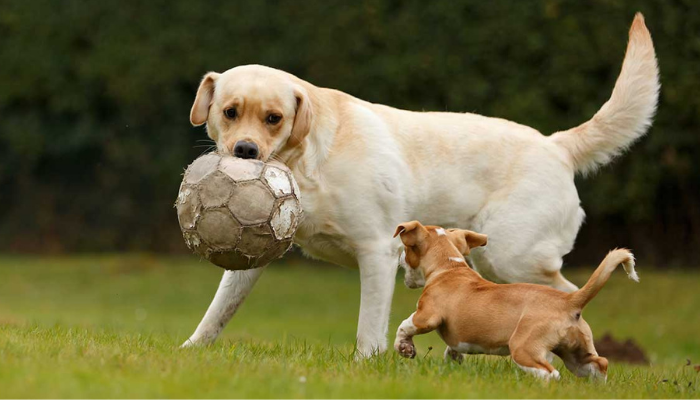
Labrador Retriever is cheerful and friendly around people and may suffer from separation anxiety if left alone. The lab is a perfect pet for a family that has children or other pet siblings. They love to spend time playing and taking care of younger children and if trained properly they can become possessive about smaller animals as well. However, make sure your Lab is at a safe distance from your kid because their large body and excitement can injure kids.
Labrador loves to have a job most of the time, and other times you will see him going around the house with a toy in his mouth. Your pooch will always be ready for playing and eating. The only purpose Labs have in life is to eat and goof up. Bred as a sporting dog, their energy is such that you need to provide enough mental and physical stimulation to your pooch. Labradors who are left alone or are not given exercise can become destructive and resort to chewing, barking, and even biting.
The Labrador Retriever breed has ranked 1st in the AKC list because of its tender and sweet nature. They are always eager to please which makes Labrador Retriever training easy and smooth. They possess great intelligence which if used well can make them obedient and well-mannered dogs. Though some dogs may turn out to become couch potatoes there is always a scope of training them into becoming active dogs. As saying goes, there are never untrained dogs, just untrained humans. Keep variation and consistency in their training.
Labrador Retriever temperament is subtle and they are one of the most harmless breeds. They can get aggressive if not given a work to do but otherwise, they are mostly happy and ready to play. A lot of people think that Labrador Retriever temperament is lively and they hyperactive. Yes, they have a lot of energy and are exuberant breeds but as they grow, they become slow and sober. However, be ready to have an active life with this one.
Known as escape artists, get prepared to the fence and give a proper crate and obedience training to Labrador Retriever. They can nearly sneak out from any little space they have and go around making a mess. An invisible fence is perfect for this one. Make sure he has the habit of staying in a crate for some time since puppyhood. Crates do not only give your dog personal space but will also help him sober down. Using crates as a punishment, however, can make you Labrador Puppy aggressive and a rebel. Now you wouldn’t want an angry Labbie near you, would you?
Here’s a trick – give him the greed of food. Labs love to eat and your dog can do anything for that one piece of a delicious treat. Fido will also let a thief in if he plans to offer your dog some food. This makes them terrible watchdogs and you can never trust him with the security of your house. A loving-creature, Labs are people-oriented and enjoy serving their family. But they can be equally devoted to strangers as well.
Perfect companion dogs, you will always find your Lab either trying to sleep beside you or going wherever you go. Labrador Retrievers are not only known to be ideal family dogs but have known to serve on various fronts. They make excellent therapy dogs especially for people who suffer from anxiety and depression. Their warmth and friendly disposition have landed them with a job in hospitals, old age homes, and asylums for people with disabilities. A sharp sniffing and retriever quality with a muscular built has landed them jobs in Airports and other Search and Rescue teams. Interestingly, Labrador Retriever is also known to predict cancer in people. Thanks to an astonishing sense of smell, if made to smell cancer cell samples, they can detect this disease in people. Even a Labrador could become a doctor, but I couldn’t.
Today Labradors have become more of a couch-potato and mostly like to Netflix and Chill but this can be very injurious to health. An active mentally and physically provided puppy Labrador Retriever is a healthy and happy puppy.
Zanjeer, an Indian Police dog, was famous for his ability to sniff bombs, grenades, and other explosives. This Labrador Retriever earned his place in history for detecting over 3000kgs of explosives and other ammunition. He martyred on November 16th, 2000 aged 8 years.
Colors and Grooming
Did you know? You can get all the three colors in one litter? Regardless of the color of the parent, a litter can have black, yellow, and chocolate Labrador Retriever puppies.
Begin Labrador Retriever grooming with a head to toe massage. Try to feel for any lumps, bumps, or dry patches on his skin. They do not only love body massages but it also helps loosen dead hair and skin which makes brushing effective.
Labrador Retriever is a wash-and-wear dog, and a thorough once a week brushing is enough for them. To keep their coat clean and healthy, you can also go for a daily brushing schedule (which they obviously enjoy) which will not only release natural skin oil but also keep their coat shiny.
Bathing a Labrador Retriever full grown can be a task, right? Don’t you worry, Labs don’t need regular bathing. Give him a good bath only when he is extremely dirty. They have sensitive skin and over-bathing can make his skin dry.
Note: Labs are prone to ‘cold tail’, that is, their tail can get sore after a cold water bath which can be painful. DRY THEM THROUGH AND THROUGH ESPECIALLY THE TAIL!
Check your Lab’s eye daily for any abnormal eye discharge. Staining and eye-booger are common in dogs. Use a cotton swab to gently clean his eye with saline solution if you see sleepies in his eyes. However, if the discharge is unusual along with red-eyes, you need to take him to the vet immediately.
Labradors are prone to ear wax. If your dog’s ears look dirty or waxy, use cotton to clean the visible areas. If, however, you see him scratching or shaking his ears, or witness redness and bad smell, take him to the vet immediately.
Clipping his nails is very important. Long nails can make it difficult for your dog to walk and may cause discomfort in gripping. As soon as you hear his nail clicking on the floor, it’s time to clip them.
Brush his teeth daily. Labrador Retrievers can develop bad teeth very quickly and it is important to clean his teeth daily to avoid infections. Use a soft toothbrush and make sure you brush his teeth gently. Look out for dental plague, and if his mouth smells bad or his teeth bleed, it’s better to take him to the vet.
Feeding

Puppy (8 weeks to 6 months)
You should feed your Labrador Retriever puppy 2 ½ cups of high-quality dry food thrice a day.
A Labrador Retriever puppy needs a lot of food because it is there a growing year. This is also the time when they are the most active. Make sure the diet is wholesome and do not overfeed. Take your dog to the vet frequently to check your Labrador Retriever weight and growth. That way you will always be sure of how much to feed your pooch.
After 6 months you can shift to feeding 3 cups of high quantity dry food twice a day. Make sure you visit the pet for his monthly growth chart to feed the appropriate amount.
Adult (2 Years to 8 Years)
You need to feed an active Labrador Retriever 4 cups of high-quality dry food twice a day. Nursing Labrador Retriever female needs 5-6 cups of high-quality dry food twice a day.
An active Labrador Retriever needs 1,300 to 1,700 calories per day. However, Labrador Retriever weight, activity level, and health may also determine the number of calories your dog needs. Labs love to eat and may beg for more food even after he is done with a meal. Make sure you feed him according to his activity level and body need. Take him to a vet to see if there is a need for a distinct diet according to health or your Labrador Retriever weight.
Senior (9 Years to 12 Years)
You can continue feeding him 3 to 3 ½ cups of high-quality dog food twice a day.
With age, Lab becomes less active and slow on metabolism. He will require not more than 900 calories. If you see that your Labrador Retriever dog is gaining weight, you can shift to a senior dog diet or can also feed him homemade dog food to meet the requirements of his age.
Note: Do not shift his diet suddenly as it may cause gastric issues. Take them and slowly shift his diet over two weeks.
Note 2: Labrador Retrievers eat a lot and they are prone to getting obese. Make sure you don’t overfeed or underfeed him. Take him to the vet regularly to know how much to feed him to meet his body requirements.
Health and Vaccination

Healthy as they may be, but in certain Labrador Retriever health issues may arise. Not all Labs will get affected by such problems, but you should consider these issues if you are adopting this breed.
1. Hip Dysplasia
It is a condition in which the thighbone doesn’t fit into the hip socket causing constant friction between both. It leads to gradual degradation and eventual failure of the joint.
Symptoms may include decreased range of motion, reluctance in rising, “bunny-hoping” or loss of thigh muscle mass.
You may ask your breeder to provide you with a certificate of the parent’s hip dysplasia tests. Feed your dog with enough calcium and fiber during his growing years to avoid bone-problems. Try not breeding dogs with hip dysplasia.
2. Cataract
Cataract, another eye problem, causes clouding of the eye lens. It is a common health issue and is mostly seen in senior dogs. They generally have to go through a minor eye operation to remove the opacity and clear the vision.
Symptoms may include a change in color of the pupil size, shape or color, clumsiness, rubbing the eyes, or difficulty in seeing in dimly lit places.
3. Osteochondritis Dissecans (OCD)
Abnormal development of cartilage on the end of a bone in the joint is an inflammatory condition. There are chances of the diseased cartilage to separate from the base bone. It commonly affects the shoulders, elbow, hip, or knee joints.
Symptoms may include limping or laming in the affected leg, swollen joint, or warm to touch.
You need to consult the vet if you see such symptoms. It most severe cases it requires surgery.
4. Gastric Dilatation – Volvulus
“Mother of emergencies”, Volvulus (also known as bloating) can be common in Golden Retriever especially if they were held back from the required physical activity and overfed. Labs love to eat and you know when to control his chomping habits.
Your dog’s stomach is bloating if he seems anxious, panic-stricken, or showing vomiting tendencies.
Bloating may happen due to gas or food stretch in the dog’s stomach and can lead to fatal gastric dilatation and volvulus. It is advised not to give water or take your dog for exercise right after a meal.
5. Epilepsy
While epilepsy is common in a lot of dog breeds, it is not always inherited. It is a neurological condition that may cause mild or severe convulsions.
Symptoms may include running frantically, rigid limbs, staggered, hiding, or losing consciousness.
Seizures are frightening, but the long-term prognosis of dogs with idiopathic epilepsy is generally very good. It is important to take your dog to a vet when you see such
6. Progressive Retinal Atrophy (PRA)
This is an eye disease that leads to degeneration of the retina, causing vision loss or complete blindness.
The symptoms may not appear at an early age but it may include night blindness, bumping into things in dim light, or unwillingness to go into dark rooms.
It is a hereditary condition. Always adopt your puppy from a responsible dog breeder that keeps a check on the breeding lot for such health conditions.
7. Skin Problems
Labrador Retrievers are also prone to skin diseases especially rashes, sores, and allergies. It can be a reaction caused due to physical elements like dust, pollen, or mildew.
Symptoms may include irritation, redness of the skin, swelling on the face, in eyes or ear flaps, vomiting, and sneezing.
Skin problems can get serious and further cause diarrhea. To avoid skin problems give our Labrador Retriever dog a good bath twice. The first time with a herbal/hypoallergenic shampoo and the second time with a fragrance shampoo. This will keep him neat and protect his coat from infections.
8. Myopathy
Myopathy generally causes damage to muscles and tissues which may be present in the dog since birth. You can detect this condition within six weeks to seven months of your puppy’s age.
Symptoms may include depression, lack of energy, weight loss, lameness, or muscle pain. He may also collapse or get fits after a workout.
This condition does not have any treatment and most of the vets recommend rest. However, do not breed further if your Labrador Retriever health issues are such because myopathy is hereditary.
It is not a mandate that all Labs have to go through this but make sure you adopt your pooch from a responsible breeder. Due to an increased demand for the Labrador Retriever breed, there is also a hike in the number of fraudulent breeders. Never adopt a dog from a puppy mill and always ask for the health clearance of the pooch’s parents.
Labrador Retriever should be vaccinated with canine parvovirus and for canine distemper at 6, 8, 10, 12, and 16 weeks of age and then a booster every three years.
Make sure to also get a deworming vaccination plan for your pooch from your vet.
Dog vaccination can be a task. You can read our Guide To Dog Vaccination for further information.
Frequently Asked Questions
An expensive breed, Labrador Retriever cost ranges from $300 to $1000 if you buy it from a breeder. However, if you plan to adopt a dog from an animal shelter, it will be comparatively cheaper or sometimes free.
Labrador Retriever shedding is a natural phenomenon and there is hardly any dog breed that is 100% hypoallergenic. Though Labs have a short coat, they shed throughout the year. They blow their coat off twice a year – spring and fall; and may shed profusely during that time. Labrador shedding can be controlled by adopting a proper grooming schedule for your Fido.
Labrador Retriever training is easy. Since this breed is always ready to please, it will listen to every command of yours. Most Labs love to play and a regular workout regime of one hour with a perfect blend of dog sports and playtime will keep your doggo happy and healthy. Labrador Retriever is food motivated and positive reinforcement and praise techniques work wonders. All you need to do is pat on his head and give him a little treat every time he responds to your command.
It is a common belief that Labrador Retriever origin, as the name goes by, has its roots in Labrador, North America. However, Labrador Retriever come from Newfoundland which was later exported to England in the 1800s.
There is a never-ending list of things that Labrador Retriever is good for. They give the best cuddles and are extremely affectionate. You can never have enough of them because they are the ultimate exercise partner and great jogging companions. Labrador Retriever temperament is calm and they are quick learners which makes them easy to train. Additionally, they have very low grooming needs and you are going to have an adventure for life.
Labrador Retriever health issues increase with age. They can experience hip and elbow dysplasia, cataracts, epilepsy, and other threatening health conditions. Labs eat a lot and become obese in the blinking of an eye. It is important to give Labrador Retriever food according to his activity level and body requirements. Additionally, Labs are very affectionate which makes them hopeless watchdogs. They are great sniffers but pathetic security dogs.
Labrador Retriever size is medium. Their weight generally swings between 55lbs to 80lbs. The male dog is mostly between 65lbs to 80lbs in weight whereas Labrador Retriever female weighs between 55lbs to 70lbs. Labrador Retriever height is between 22inches to 24 inches for male dogs and between 21 inches to 23 inches for Labrador Retriever female at the shoulder.
Labrador Retriever is a purr-fect fur-st dog and is going to fill your house and your life with warmth and affection.
Similar Breeds
Hello, Readers
That was all that you need to know about this goofball. We hope you enjoyed our article and it helped you make a better decision.
If you have any questions or concerns, let us know in the comment section below.
Share this article on Whatsapp and Facebook to help your friends who are stuck with a decision.
Subscribe to our YouTube channel and follow us on Instagram for more such paw-some content.
Happy Petting To You!



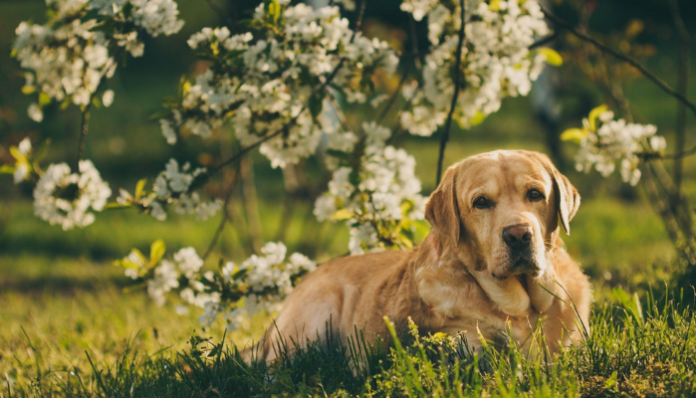

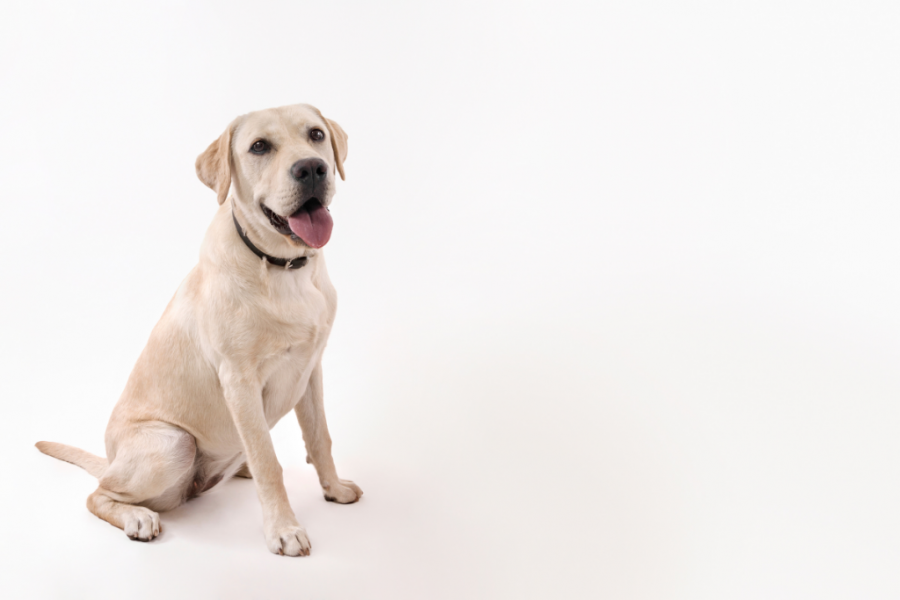
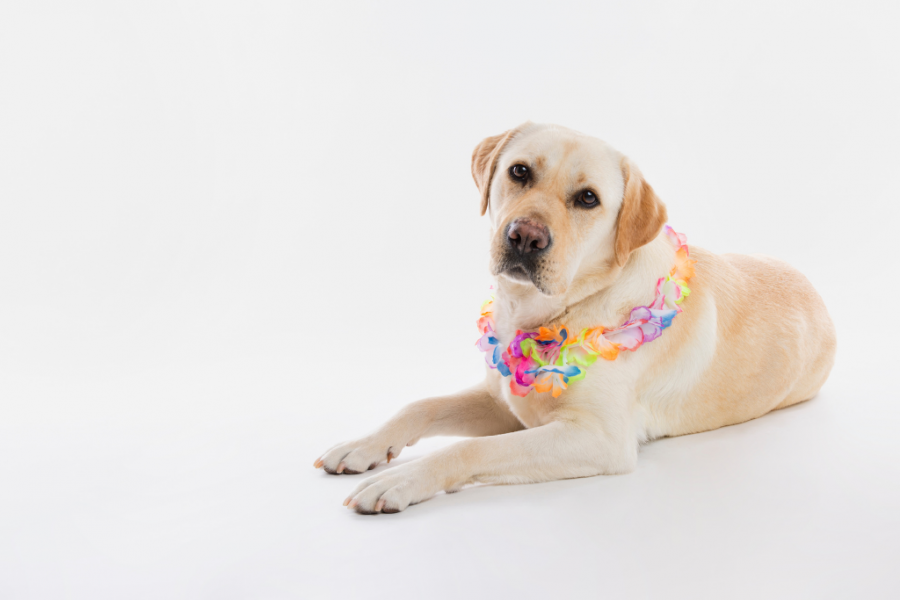
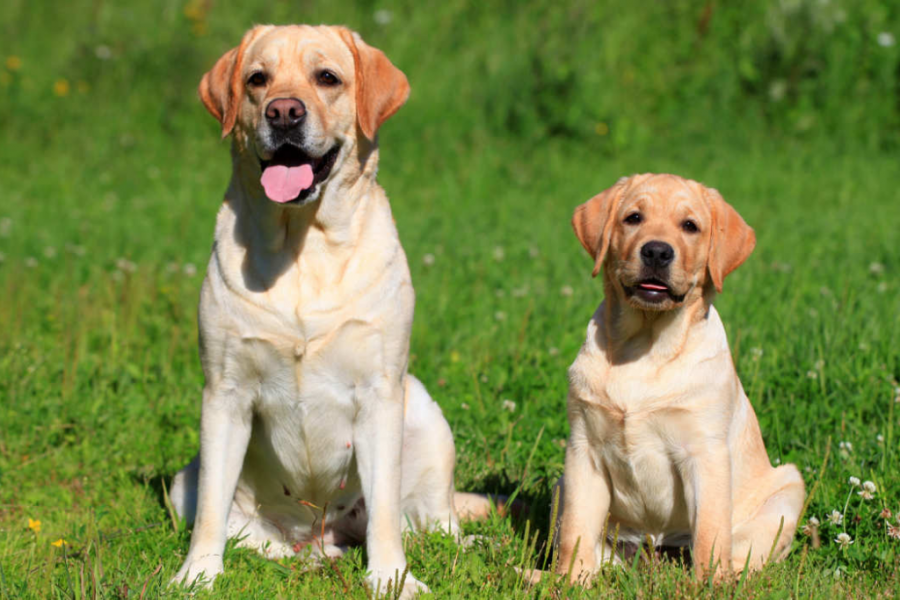
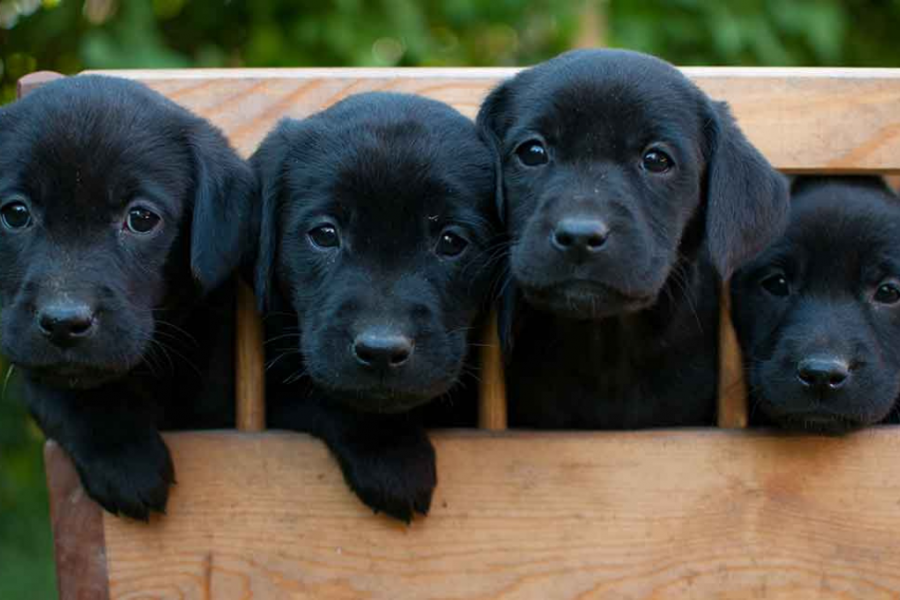
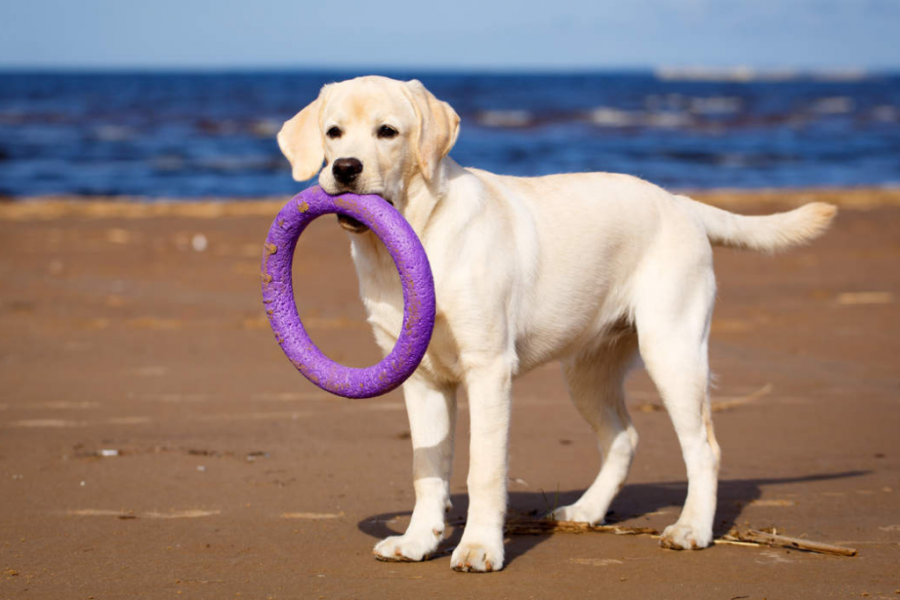
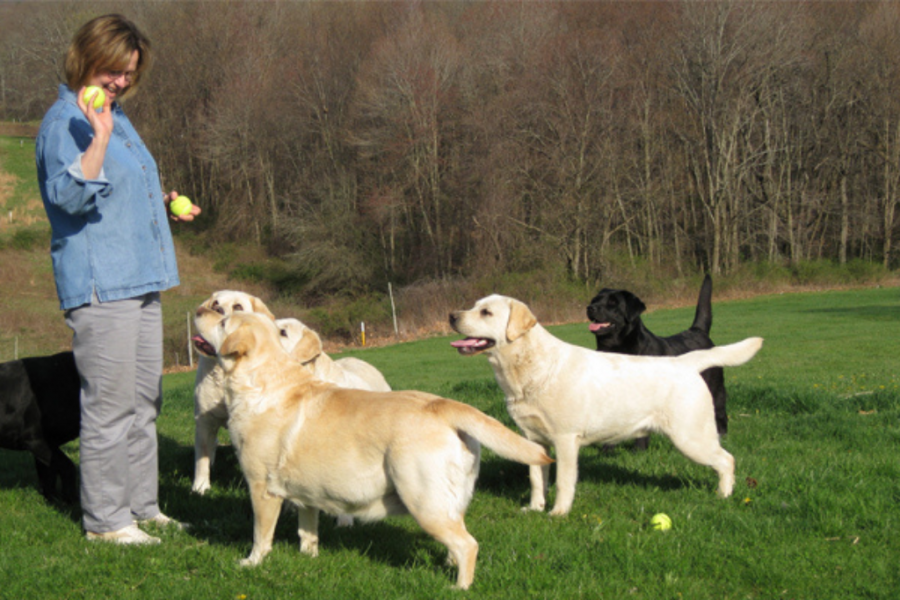
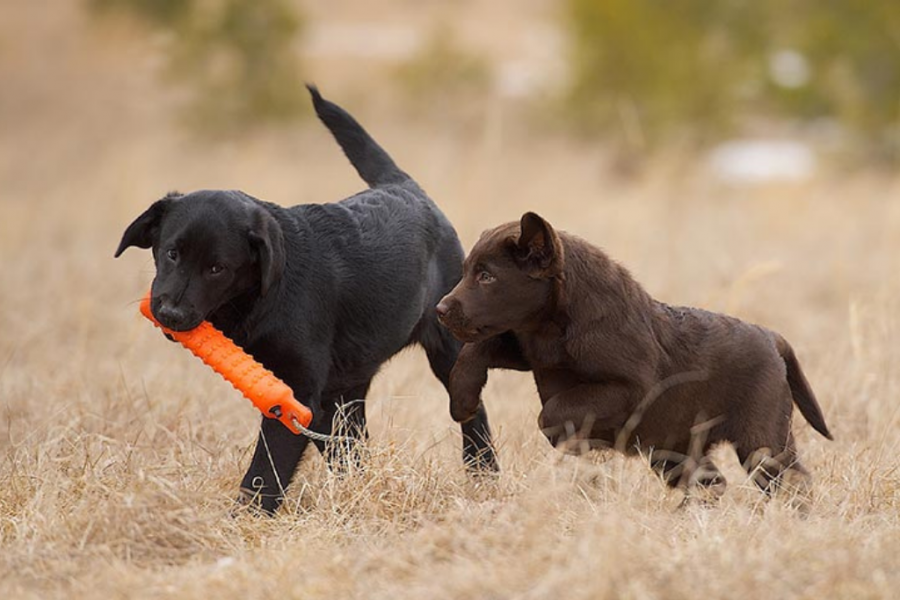
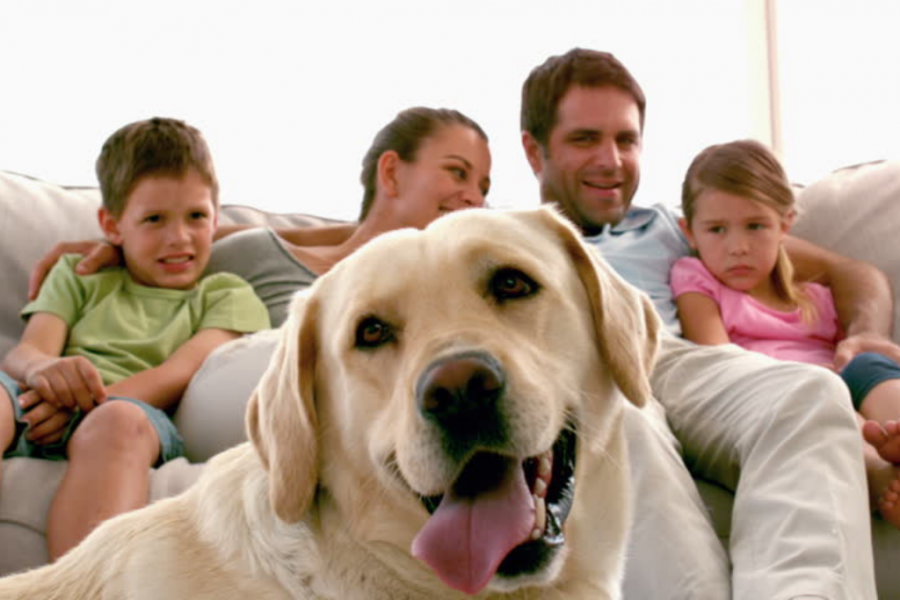
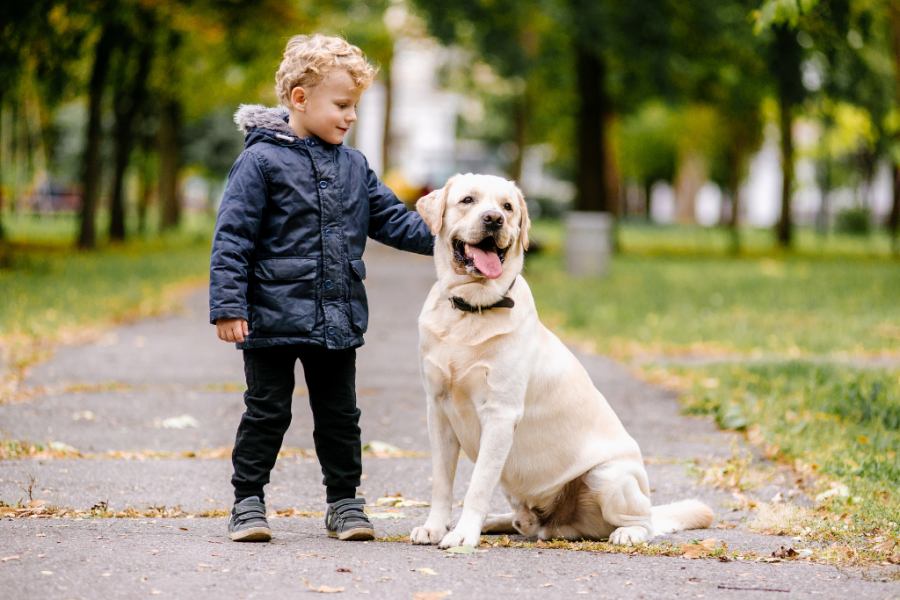
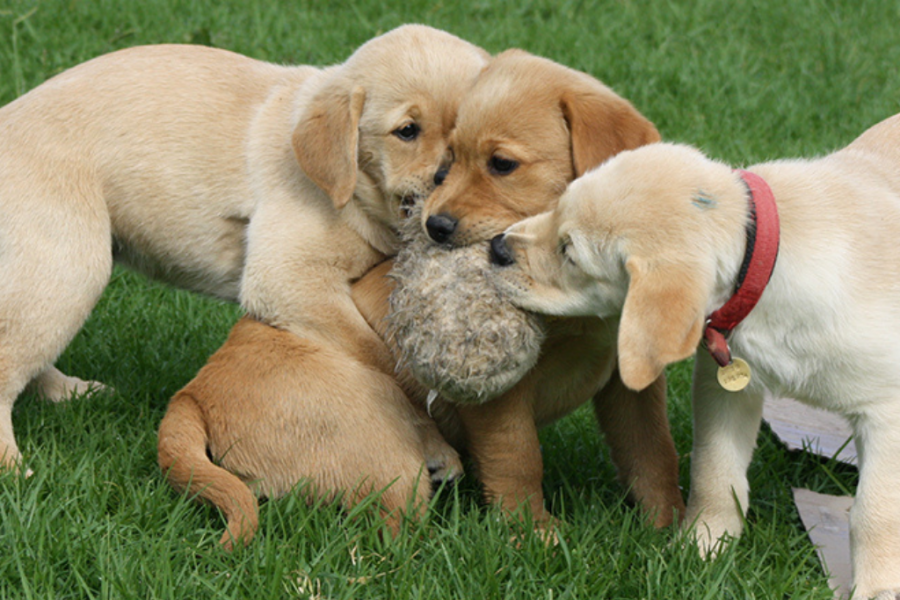






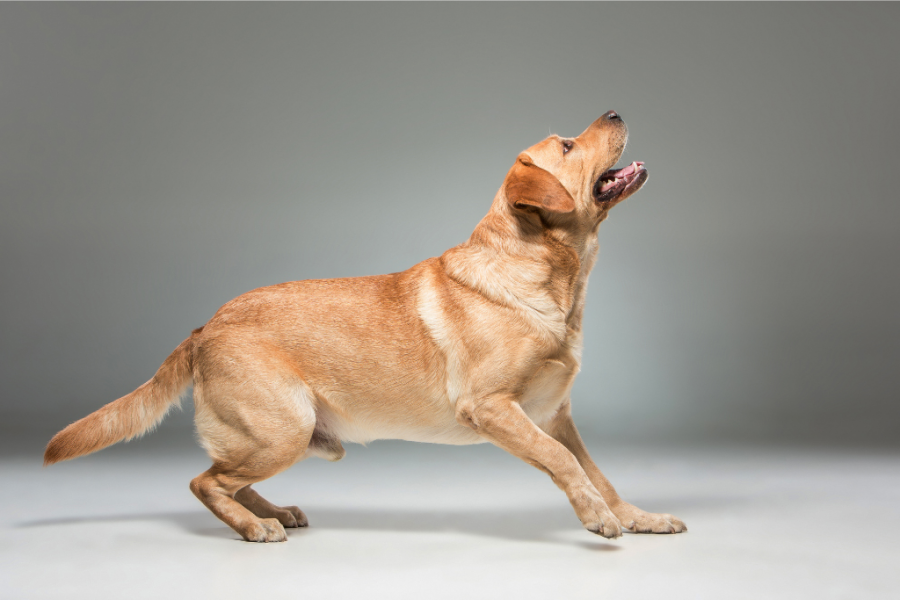
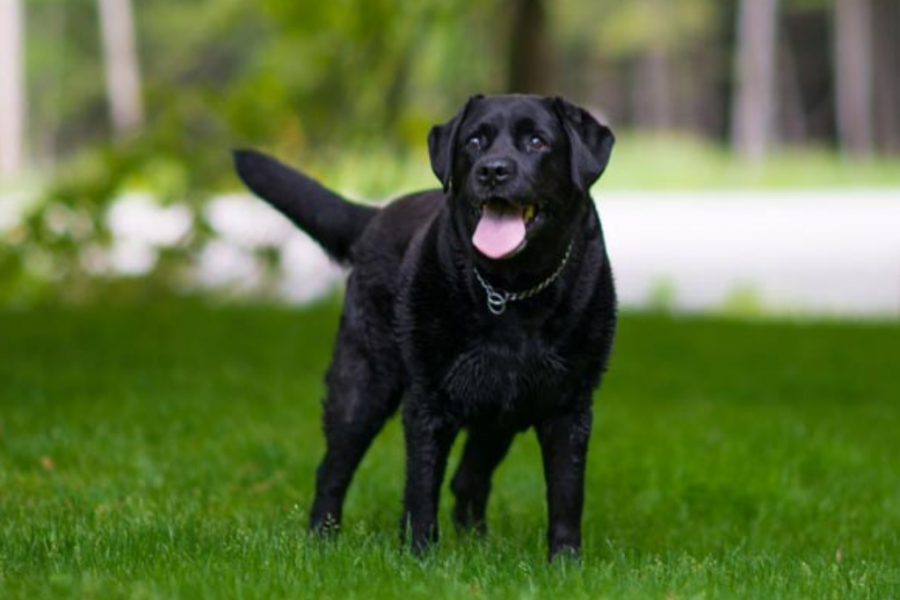
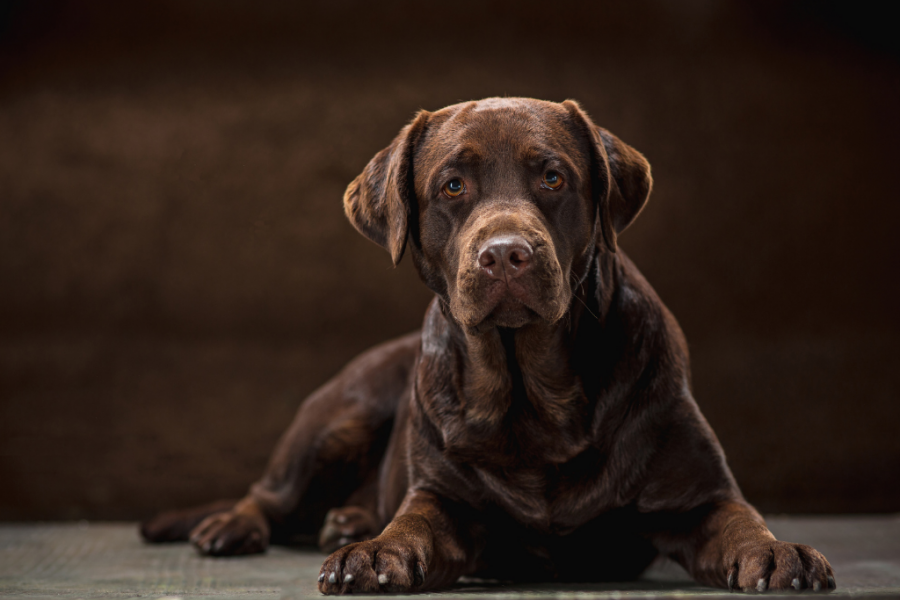








[…] more about this loving dog in the complete Labrador breed […]
[…] Labradors […]
[…] Labrador, German Shepherd are some of the dog breeds with separation anxiety as one of their emotional and mental health issues. […]
[…] crossbreed between the Poodle and Labradors they were conceived by the Royal Guide Dog Association of Australia as the better of the two […]
[…] idea of cross breeding Poodles and Labrador Retrievers was a unanimous execution of the Royal Guide Dogs Association in […]
[…] Labrador Retrievers, undoubtedly ace the position for being a suitable therapy dog. […]
[…] dogs have higher hearing abilities such as the Labrador, Dachshund and the English Setter than normal […]
[…] Labrador is agile and has been the Most Popular Breed Dog for a few […]
[…] Labs are great family dogs. They are the Labrador Retrievers of brown […]
[…] Labrador Retriever […]
[…] poodle has been bred with different dogs like Labrador retrievers, cocker spaniels, and wheaten terriers to make healthier […]
[…] 6. Labrador Retriever https://dogisworld.com/dog-breed/labrador/ […]
[…] than just cute looks. But one has to agree that this dog can heal depression with its looks alone. Labrador retrievers are truly the best dogs for […]
[…] 6. Labrador Retriever https://dogisworld.com/dog-breed/labrador/ […]
[…] 00:30 Skills Needed To Qualify For A Therapy Dog – 1:10 Labrador Retriever – 01:54 (https://dogisworld.com/dog-breed/labrador/) French Bulldog – 02:25 (https://dogisworld.com/dog-breed/french-bulldog/) Greyhounds – […]
[…] is that the dog is faithful and amicable for adults. And with kids too, it is no different. Labs are considered as one of the best kid […]
[…] into a screenplay by Walt Disney that also featured Bodger, the Bull Terrier alongside Luath, the Labrador Retriever, and Tao, the Siamese […]
[…] Labrador Retriever […]
[…] can cause malignant hyperthermia and hops toxicity. Any breed can be affected by it but Greyhounds, Labrador Retrievers, Saint Bernard, Border Collie, and Dobermans are more susceptible to it.Symptoms to look out for […]